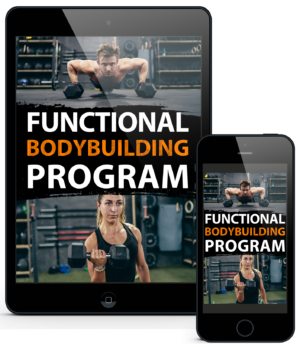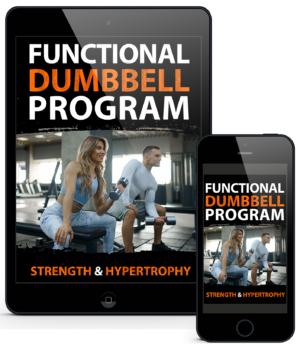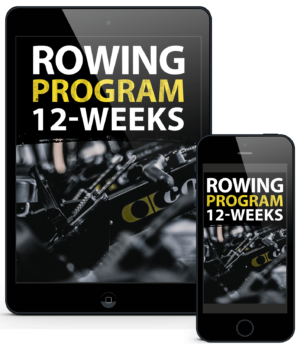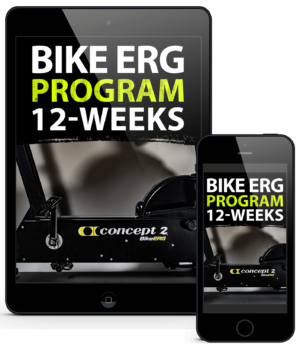When it comes to fitness, most folks think that high intensity reigns supreme. But as it turns out, the turtle was right: slow and steady really does win the race. 🐢
There’s a time and place for high intensity. But there’s also room (in fact, a lot of room) for steady-state cardio. Heart rate zone 2 is where you build robust cardiovascular endurance—and so much more.
What is zone 2 training?
When you exercise in heart rate zone 2, you feel like you can maintain your output for a long time. The intensity is fairly light. It feels like you’re at about 60-70% of your max heart rate.
You’re probably in zone 2 on long walks, big hikes, and during long-distance swims. You feel like you’re working out, but it’s not overly taxing.
Remember: there are five heart rate zones in total. And as you get closer to number five, you get closer to max heart rate training. (Interested in learning more about heart rate training? Check out our article on tracking your heart rate during workouts.)
What’s the benefit of zone 2 training?
No—you won’t be huffing and puffing at the end of a zone 2 training session. But there are some big-time benefits to training in the low impact zone. Here’s why you shouldn’t relegate steady-state cardio to the bottom of your to-do list:
- You’ll build your aerobic fitness. Much of the fitness community tells you that you only need 20 minutes of HIIT-type training to get fit. But you can’t cut corners when it comes to cardiovascular endurance. To build up your aerobic engine, you need to put in the time. Several weekly sessions of low impact zone 2 training (like a brisk walk, row, swim, hike) for 30+ minutes is how you’ll actually build up your aerobic fitness.
- You’ll stay committed. Steady-state cardio—the kind of cardio you get in heart rate zone 2—is sustainable. You won’t burn out in zone 2 training, so it’s easier to stay consistent and committed. On the contrary, too much intensity can leave you overworked and overtired. (And it might even lead to you stopping your training altogether.)
- Good for the body and mind. Long walks, jogs, rows, swims and hikes, at a low intensity, won’t only build your aerobic fitness. These steady-state cardio sessions are powerful for the mind, too. You might even notice that you get into a meditative state during the sessions. As Paul Dudley White—physician and prominent advocate of preventative medicine— said, “A vigorous five-mile walk will do more good for an unhappy but otherwise healthy adult than all the medicine and psychology in the world.”
So whatcha waiting for? Take a hike! 😉





